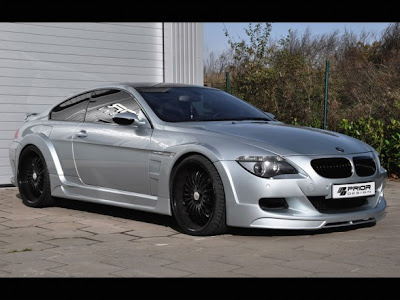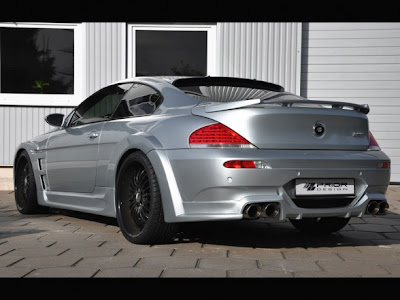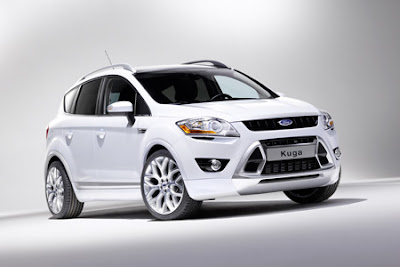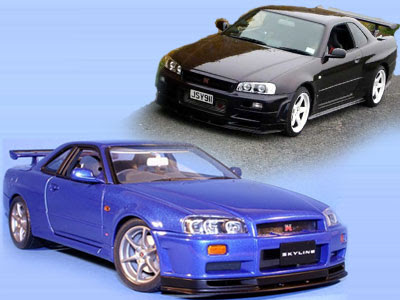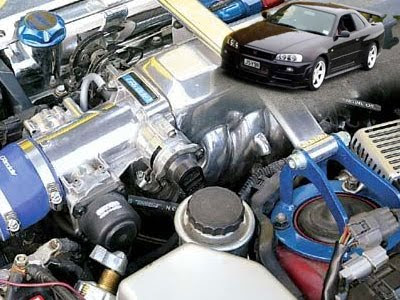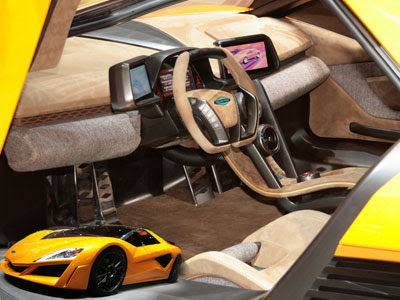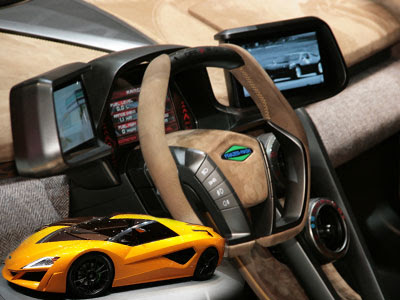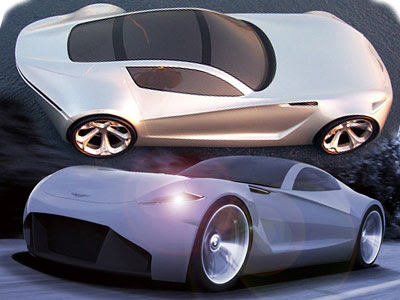
Japanese archrivals Toyota Motor Corp and Honda Motor Co have just found something else to disagree about: sports cars.
At the Tokyo Motor Show on Wednesday, Toyota took the wraps off the Lexus LFA, a two-seater supercar with a roaring 4.8-liter V10 engine that can reach speeds of 325 km per hour (200 miles per hour) and go from zero to 100 kilometers kph (60 mph) in 3.7 seconds.
It's a car that flies in the face of the automaker's image as a pioneer of greener vehicles but one that Toyota's new boss, Akio Toyoda, says is crucial for cars to remain a product that consumers can get excited about as motorization spreads to more corners of the world.
Toyota, the world's biggest automaker, is planning to limit LFA production to 500 units, between December 2010 and December 2012, taking orders for the $375,000 car starting on Wednesday.
"It's our mission as automakers to offer cars that possess the 'fun' spirit that should be at the base of any car," Toyota President Akio Toyoda said at the unveiling, noting he had been involved in the LFA's development from its early stages.
Ask his counterpart at Honda, though, and the LFA is old-fashioned. The future, Takanobu Ito says, is about clean, sustainable cars, and sports cars are no exception.
"Sure, there are folks who like that 'vroom' of the engine out of nostalgia," Ito told Reuters earlier this month. "But those people are stuck in the past."
Japan's No.2 automaker had been preparing a successor model for its legendary NSX sports car, also with a V10 engine, but ditched those plans last year citing an urgent need to save money amid the economic downturn and the growing consumer shift toward greener cars.
"The era of V10 engines is gone," said Ito, who betrayed no sense of regret over the canned project despite having designed the ground-breaking all-aluminum body on the NSX back in 1990.

Honda's FCx Clarity

